The scientific name of the polar bear is Ursus Maritimus. It is a fascinating animal. Found in the Arctic Circle, they roam through Norway, Russia, Canada, Greenland and Alaska.
19 Fascinating Facts about Polar Bears
1. The polar bear is the largest carnivore on the earth
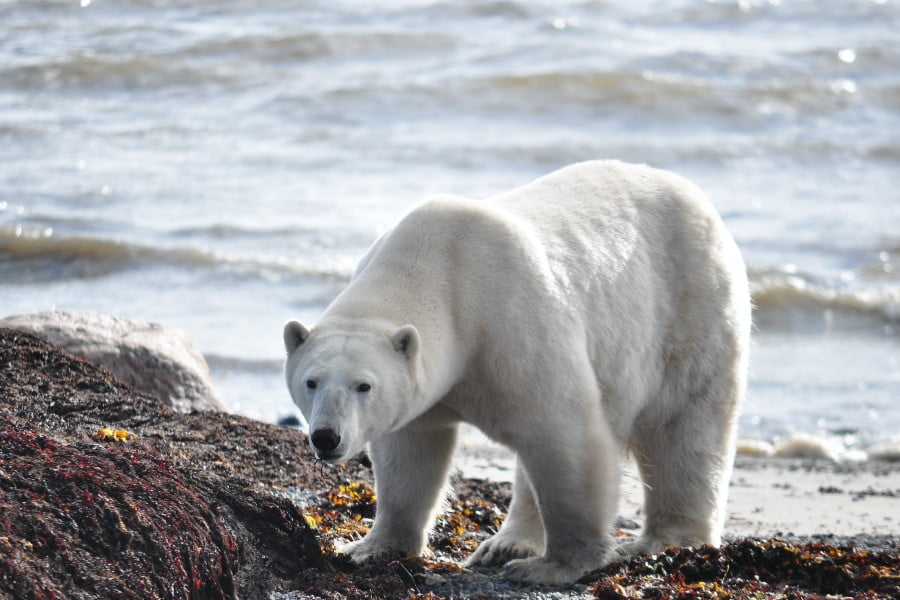
Polar bears weigh about 1300 pounds. They are about 8 feet and 6 inches from nose to tail. There are other bears that are larger than this but they are not carnivorous. Polar bears are the largest carnivorous species on the earth.
2. Polar bears are marine mammals
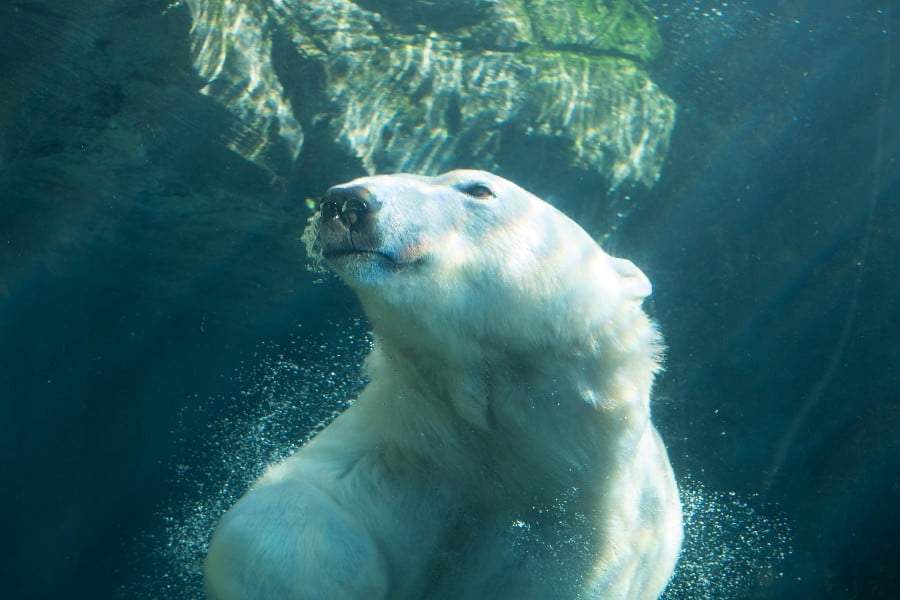
Polar bears live a large part of their lives on the ice than the land, that is why they are called marine mammals. Far from the land, they hunt, court, mate out on the ice.
3. Polar bears are higher on the food chain than human beings

Polar bears don’t have any natural predators because of that they are on the top of the food chain with species like killer whales while human beings are close to the middle.
4. Polar bears are the loner species

Mainly they live lonely lives, only for two to three years their cubs live with their mother. Polar bears are solitary creatures and adults live together a few days when they mate, after they go on their own way for hunting.
5. But sometimes they do live together
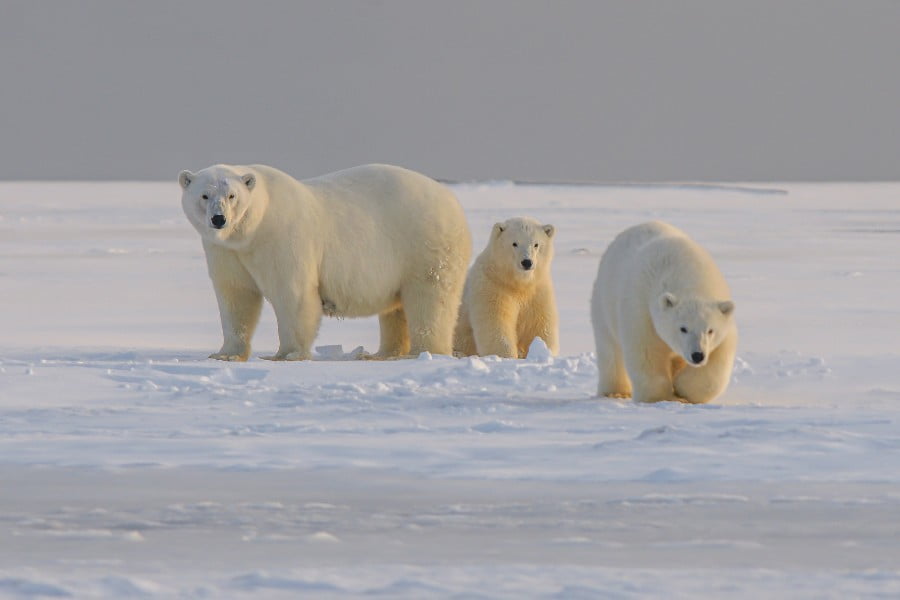
Polar bears play nice with each other, sometimes occasionally polar bears hang out together in groups when they have large meals to eat. At that time they come together like whale carcasses, even male polar bears play wrestling, fight with each other but without harm. Polar bears spy on the ice; according to this documentary, a polar bear can recognise friends, which means they can recognise the Polar bears which they have met in the past even after not meeting for many years.
6. Polar bears are picky eaters

Polar bears are very selective about what they eat when they have plenty of food. They hunt seals but they don’t eat the whole. They only eat the energy rich blubber upto 100 pounds at a time and leaves the other carcass for other animals.
7. Polar bears spend lots of time fasting
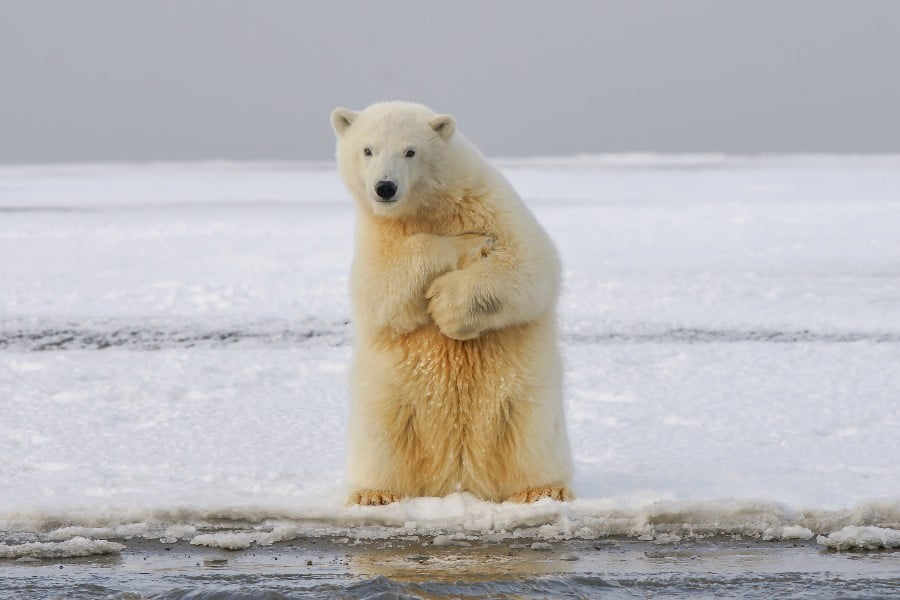
When polar bears are not on ice scoping out seals, polar bears spend lots of time fasting. As compared to male polar bears, females fast longer than any other mammals.
8. Polar bears travel far to find their dinner
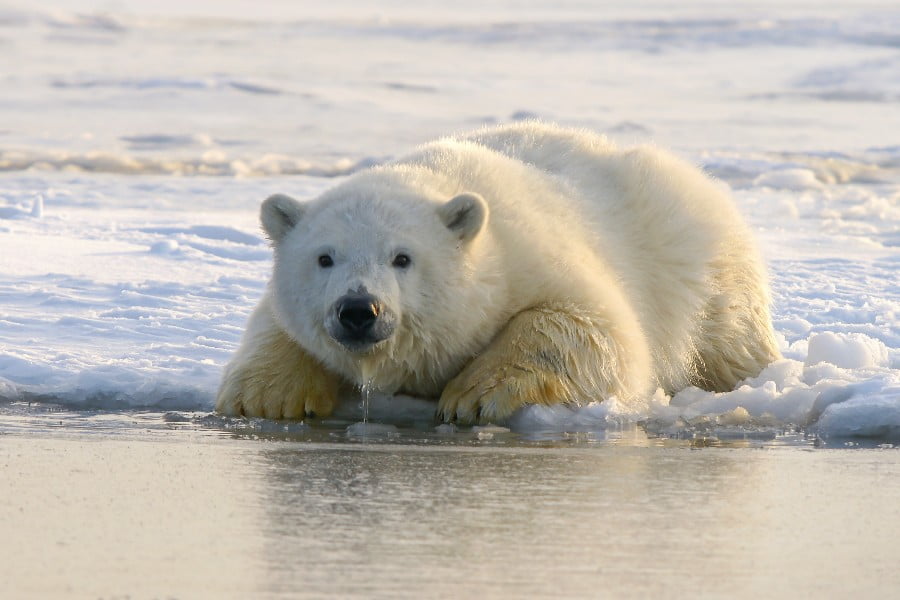
An average polar bear travels across 100,000 square miles in their lifetime. A bear searcher told the BBC in 2013 that polar bears were spending 9 to 13 percent time being active to make up for the fact that the ice they hunt on is drifting.
9. Polar bears are swimmers
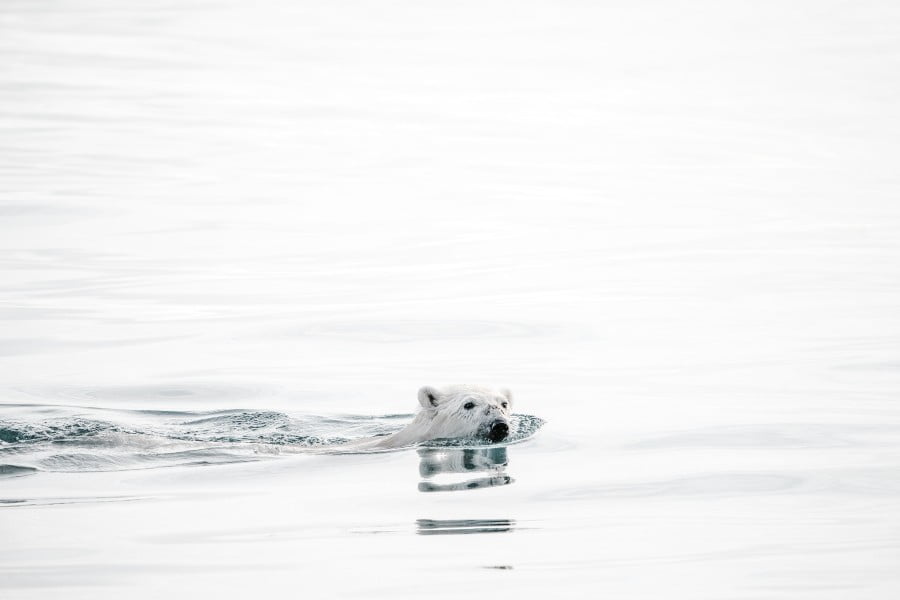
Polar bears are very good swimmers they can swim at a 6 mph speed. They swim for a longer time due to the melting ice. They use their swimming skills for a lengthy time.
10. Polar bears get hot

They live in cold regions but their bodies get hot very easily and are more likely to die due to extreme heat than the cold.
11. In the first few months polar bears grow very rapidly

At the time of birth, Polar bears weigh 16 to 24 ounces. They are born blind, toothless and just about a foot long. But after about 4 months when they come out of their den for the first time, they weigh about 22 to 33 pounds and they are substantially larger.
12. Polar bears have huge feet

For balancing on the ice they have huge feet. Their paws are about 12 inches in diameter and act as a snowshoe. They have bumpy papillae on their feet which are like taste buds but they help them to make a grip on ice.
13. Polar bears don’t hibernate

Unlike other bears, polar bears don’t hibernate. Other bears hibernate in the winter season meaning they go to sleep in the winter season but polar bears don’t because they have plenty of food available in this season, they go to hunt seals in winter season. Only female polar bears dug and cover themselves when they are pregnant and come out when the young one is ready to survive outdoors.
14. Polar bears love to nap during snowstorms

Polar bears don’t hibernate but they dig themselves in shallow pits during the snowstorm to protect themselves from the wind.
15. Nostrils of Polar bears
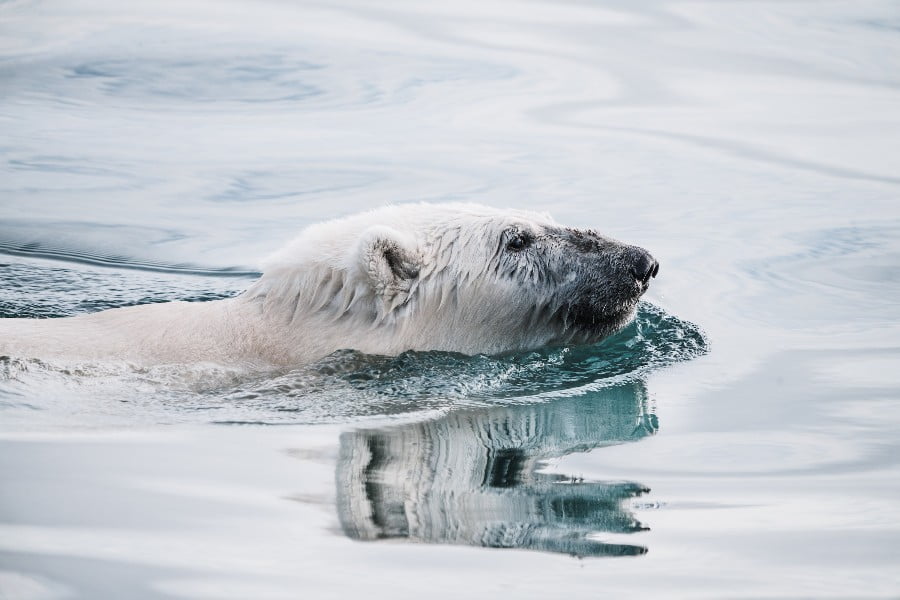
Polar bears don’t need to worry about the water going in their nose at the time of swimming; they have nostrils which get close when they are swimming because of that they can breathe.
16. Polar bears don’t meet the Penguins

We often see the pictures of polar bears and penguins together but they don’t meet in reality because polar bears live in the Arctic region and penguins prefer to live in the southern hemisphere so they don’t meet.
17. In a zoological garden in Berlin, a polar bear cub was born
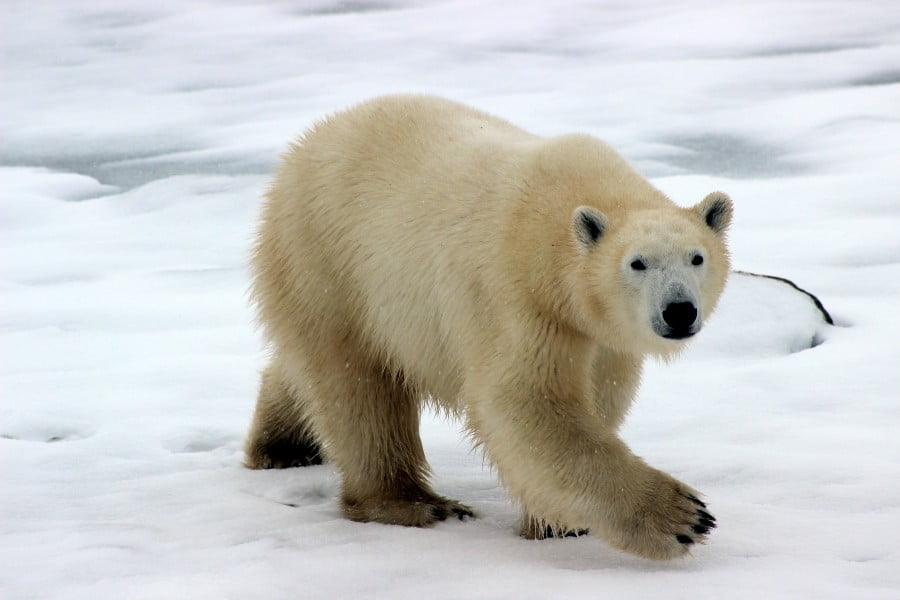
In 2006, it was hand raised by the zookeeper after being abandoned by his mother at the time of birth. It became a tourist attraction and 1.35 million dollars per ticket was increased due to it.
18. Polar bears can turn green in captivity

Polar bears are also known as a white bears but their hair is colorless and hollow and their skin is black as their nose but due to the light they look white. If they have algae infection their fur becomes green.
19. Polar bears are hard to track by scientists

As we know they are very fast at swimming as well as walking, so it is very difficult to keep track by the scientists.
Polar bears are hypercarnivorous mammals that are found in arctic regions, they prefer to live alone. They are the largest extant bear species and the largest land carnivore. In 2022, only 22000 to 31000 polar bears live in their natural habitat. They are on the top of the food chain.
Read also – 15 Fascinating Facts about Painting